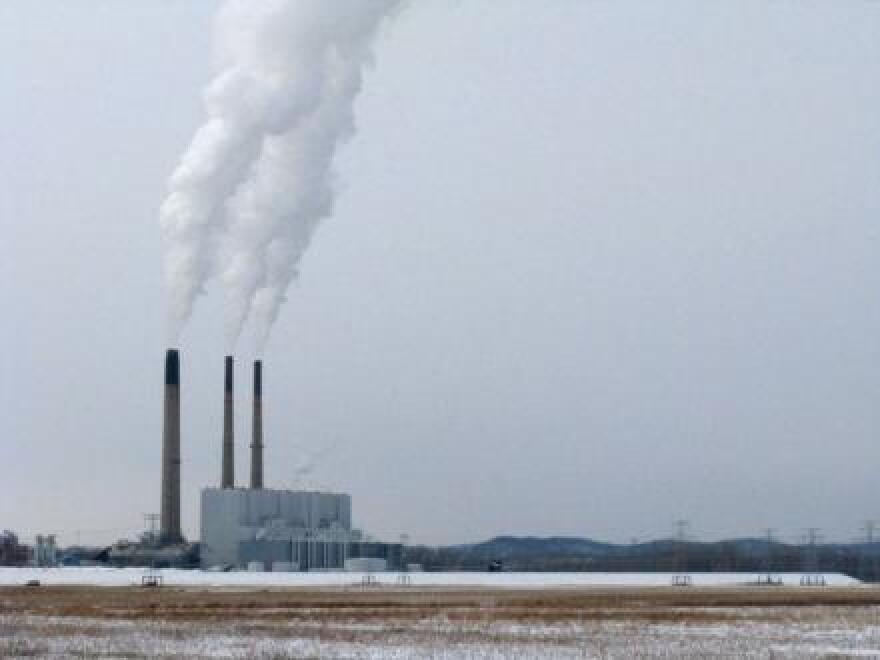The Environmental Protection Agency's proposed Clean Power Plan will be a historic milestone in the vein of the 1970’s Clean Water and Clean Air acts.
That was Karl Brooks’ message to members of the St. Louis Regional Chamber at a breakfast event Wednesday morning. Brooks is the administrator of EPA’s Region 7, which includes Missouri, Iowa, Kansas and Nebraska.
The Clean Power Plan proposes cutting power plants' carbon emissions by 30 percent by the year 2030.
"The challenge is pretty serious, there’s no doubt about it," Brooks told business leaders. "If I had to put my historian hat on, I would say the Clean Power Plan -- as we move forward over the next five, 10 and 15 years -- will be as important and challenging -- but ultimately -- as successful as the introduction of the Clean Water Act and the Clean Air Act four and a half decades ago."
In fact, Brooks said, giving states the flexibility to meet the EPA’s emission benchmarks with their own plans is similar to how the Clean Air Act worked. He emphasized that a state such as Missouri that gets 80 percent of its energy from coal-fired power plants will be treated differently than states that have focused on producing more renewable energy, such as Vermont.
"The lessons we learned in making the Clean Air Act work are going to be the very same lessons we apply to making the Clean Power Plan work," he said.
The EPA has received more than 300,000 comments so far during its public comment period, which will continue until Oct. 16. Predictably, not all the feedback has been positive. At a public hearing in Washington D.C. in late July, St. Louis-based Peabody Energy requested the proposal be abandoned, citing concerns about rising electricity costs.
At the Regional Chamber meeting Wednesday, the atmosphere was more friendly. Dave Hunt, vice president of communication and brand management at Ameren, told Brooks the utility appreciates the flexibility in the plan. But he asked how the federal agency plans to sift through all of the comments and come to a decision on the final rule.
Hunt later told St. Louis Public Radio he questioned whether the EPA would be able to take the time to fully assess all the comments before making a final rule in June.
"There’s still another month or so of comment period left where technical comments from utilities and other engineering stakeholders will be filing. All of that has to be looked at," Hunt said. "It’s going to be very, very difficult to derive a final rule, in my opinion, by June 15."
Despite the fast timeline, Brooks said he expects the final rule to come out as scheduled. The EPA administrator said he expects continued debate as well, and said he welcomes it.
"It’s important that this be controversial because it is so darn significant and it is so darn important," Brooks said. "It’s important that we have these debates about it."
Follow Maria on Twitter: @radioaltman






